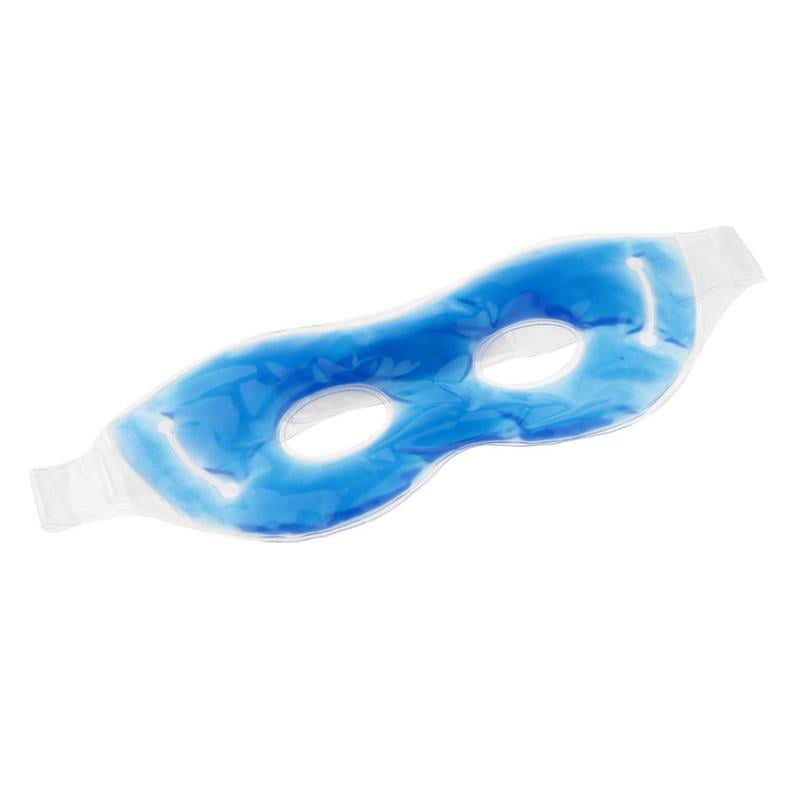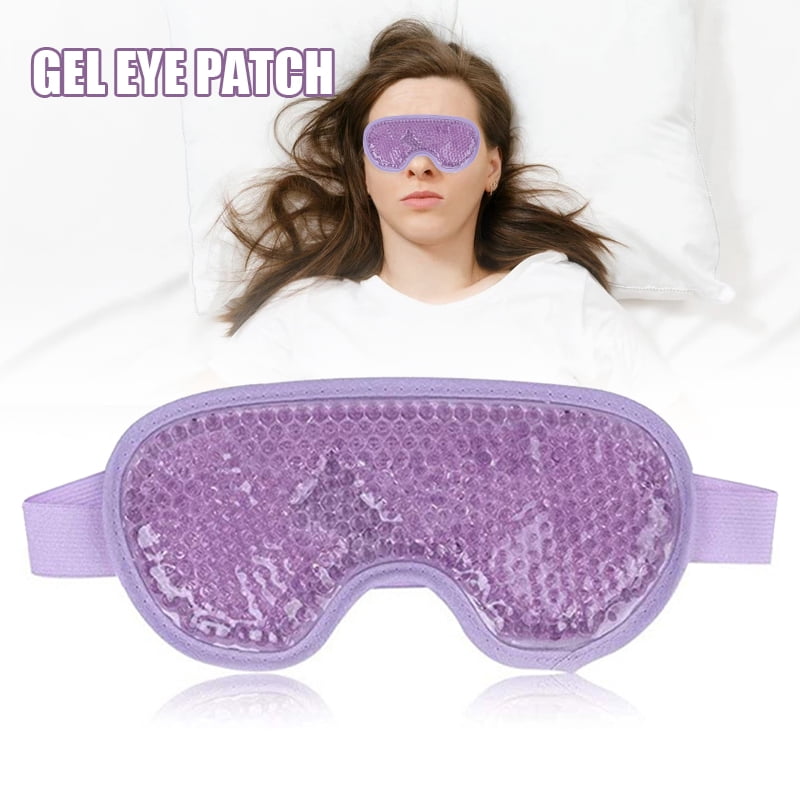

If fever is present or the stye does not drain with the conservative therapy mentioned, systemic antibiotics and immediate ophthalmologic referral for surgical incision and drainage are indicated. If identified early, the use of non–neomycin-containing antibiotic ointment such as gentamicin or polymyxin-B and bacitracin ophthalmic ointment combined with frequent applications of warm moist packs will usually resolve the problem. These pus-filled abscesses can appear quite suddenly and can run the gamut from small self-limited infections that produce little pain and resolve on their own to rapidly growing, extremely painful abscesses that require immediate surgical incision and drainage and systemic antibiotics for resolution. More than 98% of styles are caused by Staphylococcus aureus. Styes are the result of bacterial infection of the small oil-producing meibomian glands and/or the eyelash follicles at the margin of the eyelid. Styes, or hordeolums, are probably the most common cause of eye pain encountered in clinical practice. Waldman MD, JD, in Pain Review, 2009 STYES (HORDEOLUM) However, if you experience any of the above, your doctor can give you more advice.Steven D. Unless there are any additional symptoms, such as a disturbance of vision, a pain inside the eye, or extensive redness on the surface of the eye, the stye won't cause you any more problems.
#Ice eye syte full
To view the full range of stye treatments available from Pharmacy2U, click here. Any treatment should be continued for two days after the symptoms have cleared, to ensure eradication of the infection, as mentioned above. Ointments don't have to be applied as frequently because of their thickness. The main two products available without a prescription are Brolene and Golden Eye, which are both based on the same antibacterial ingredient, and come in two forms – drops and ointment. What type of treatment can I buy for a stye? The warmth encourages blood vessels to increase in size and, as they do, the increased blood flow brings more white blood cells to the area, which are the body's natural fighters of infection. Warm compresses will help to fight the infection by improving the circulation to the eye lid. This process will help relieve the pain and encourage the stye to discharge. As the cotton wool cools, it can be applied directly to the eye lid.

The bandaged cotton wool is then soaked in hot, steaming water, then held close to the eye so that the steam and warmth circulate past the lid. Take a wooden spoon and bandage a wad of cotton wool on to the lower part. An old, but reliable, method is 'hot spoon bathing'. If the pus is encouraged to discharge, the symptoms will be relieved – applying warmth and moisture to the infected part of the eye lid will help achieve this. The symptoms of pain and swelling result from the pus being trapped in the lash follicle.

However, relief may be obtained quickly by following the advice below. How can I treat a stye?Ī stye will eventually resolve itself, whether it is treated or not. If not treated successfully, the infection may return – it's important to treat the infection for two days once the symptoms have been relieved, as most people feel better before the infection is fully eliminated. Styes are usually self-limiting and do not lead to more serious problems. What complications might occur with styes? Eventually, the accumulated pus will discharge spontaneously through the 'head' – once this has happened, the swelling and tenderness will heal. A yellow head may be seen somewhere along the edge of the affected eyelid, which can be very noticeable.īecause of the infection and swelling, styes can be intensely painful. The symptoms of a stye are pain, tenderness and swelling in the eyelid.

You can get further advice on dealing with a stye from the Pharmacy2U pharmacist. Styes are minor infections affecting the eyelids, and should respond well to the self-treatment measures outlined below. A stye is the result of a bacterial infection in an eye lash follicle (the root of the eye lash).


 0 kommentar(er)
0 kommentar(er)
